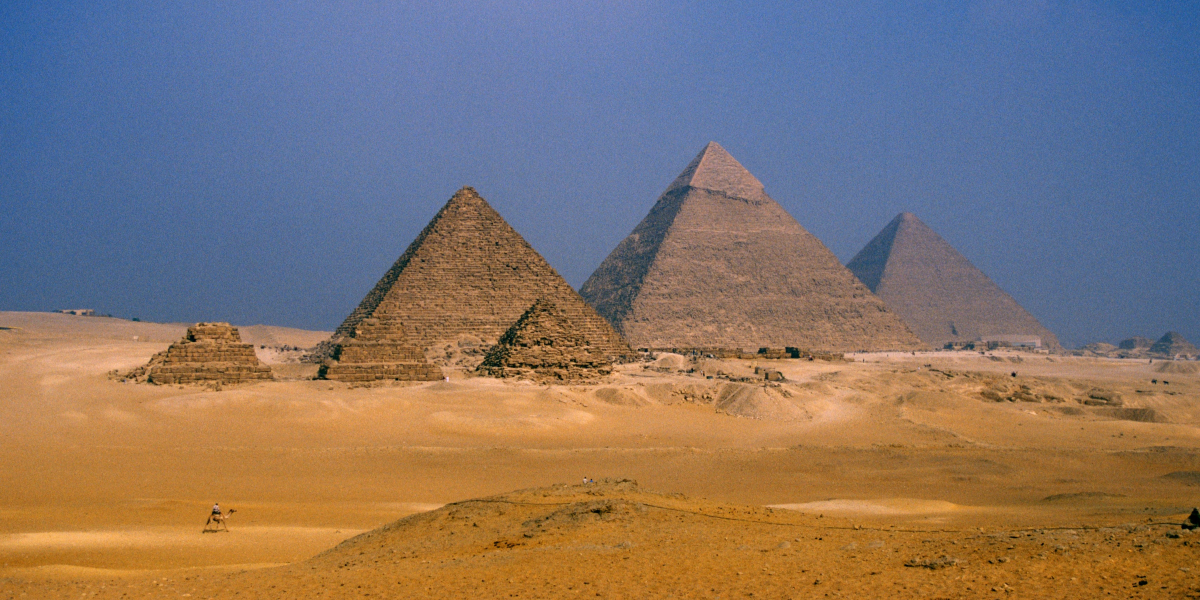Early civilizations demonstrated remarkable ingenuity, creating technologies and innovations that laid the foundation for today’s advancements. By exploring the incredible feats of ancient builders, engineers, and inventors, we gain insight into the creativity and problem-solving abilities that shaped the modern world.
Early Architectural Achievements
The architecture of ancient civilizations reflects their advanced understanding of materials, geometry, and design. These structures, many of which still stand today, showcase remarkable skill and resourcefulness.
The Pyramids of Egypt
The Egyptian pyramids, particularly the Great Pyramid of Giza, are some of the most iconic architectural feats of the ancient world. Built over 4,500 years ago, the pyramids required precise planning and coordination, with massive limestone blocks transported and assembled with incredible accuracy. The methods used to construct the pyramids remain fascinating, with theories ranging from complex ramps to ingenious lifting techniques.
Roman Aqueducts and Roads
The Romans demonstrated advanced engineering through their aqueducts and road networks, which provided reliable water supplies and connected vast territories. Roman aqueducts, built with precise gradients and arches, transported water across cities, while their road networks allowed for rapid movement of people, goods, and information. Many of these roads still serve modern-day travelers, proving their exceptional durability.
Ancient Innovations in Agriculture
Innovations in agriculture played a crucial role in supporting growing populations and enabling societal development. From irrigation to crop rotation, early agricultural techniques showcase the ingenuity of ancient civilizations in sustaining their communities.
The Irrigation Systems of Mesopotamia
The Sumerians of Mesopotamia, often credited as one of the earliest advanced civilizations, developed complex irrigation systems along the Tigris and Euphrates Rivers. These systems allowed them to channel water to crops, enhancing agricultural productivity and sustaining large urban centers. This advancement helped establish Mesopotamia as a thriving hub of culture and trade.
The Terrace Farming of the Incas
In the high altitudes of the Andes, the Inca civilization mastered terrace farming, creating flat surfaces on steep mountainsides to cultivate crops. These terraces conserved soil, prevented erosion, and maximized water retention, allowing the Incas to sustain a large population despite challenging terrain. This technique demonstrates how ancient societies adapted their agricultural practices to diverse environments.
Medical Knowledge and Practices
Ancient civilizations laid the groundwork for modern medicine through observations, experiments, and treatments. While their methods varied widely, these early medical practices demonstrated a profound understanding of the human body and health.
Egyptian Medical Practices
The ancient Egyptians practiced medicine holistically, combining herbal treatments, surgical techniques, and religious rituals. They documented their medical knowledge in texts such as the Ebers Papyrus, which contains treatments for various ailments, from wounds to digestive disorders. Many of their herbal remedies, such as honey’s use for wound healing, are still valued in modern medicine.
Traditional Chinese Medicine
China’s ancient medical practices, including acupuncture, herbal medicine, and diet therapy, form the basis of Traditional Chinese Medicine (TCM). Dating back thousands of years, TCM approaches health holistically, focusing on restoring balance within the body. Techniques like acupuncture have been widely adopted and remain popular worldwide for their therapeutic benefits.
Early Innovations in Mathematics and Astronomy
Ancient societies contributed significantly to mathematics and astronomy, developing foundational concepts that shaped scientific knowledge and exploration.
The Mathematical Prowess of Ancient Greece
Ancient Greek scholars like Pythagoras and Euclid made groundbreaking contributions to geometry and mathematics. Euclid’s work, “Elements,” systematically studied geometry, influencing mathematical thought for centuries. The Pythagorean theorem, still taught today, exemplifies the Greeks’ lasting impact on mathematics.
Mayan Astronomy and Calendar Systems
The Maya civilization demonstrated advanced astronomical understanding, developing intricate calendars to track celestial movements. Their observations of the sun, moon, and planets helped them create the 365-day Haab and 260-day Tzolk’in calendars. These highly accurate calendars guided agricultural and religious activities in Mayan society.
Metallurgy and Tool-Making
Ancient metallurgists developed techniques for working with metals, enabling the production of tools, weapons, and artifacts that significantly advanced their societies.
Bronze and Iron in Ancient Mesopotamia
The discovery and development of bronze, a metal alloy of copper and tin, marked a significant technological leap in ancient Mesopotamia. The Bronze Age saw the production of stronger tools and weapons, which enhanced agriculture and military capabilities. This innovation set the stage for further advancements in metallurgy, leading to the Iron Age and more durable iron tools.
Egyptian Goldsmithing
Ancient Egypt was renowned for its sophisticated goldsmithing techniques, crafting jewelry, decorations, and burial artifacts. Skilled artisans in Egypt developed methods for extracting and working with gold, creating objects that symbolized wealth and spiritual significance. Egyptian gold artifacts are still admired for their craftsmanship and beauty, highlighting the cultural importance of metallurgy.
How Ancient Innovations Influence Modern Life
Many of today’s technologies and methods are built on principles developed by ancient civilizations. Engineering techniques, agricultural practices, medical knowledge, and even basic mathematical concepts can trace their origins back to early societies. This enduring legacy highlights the importance of preserving historical expertise and learning from the ingenuity of the past.
Published by: Annie P.














